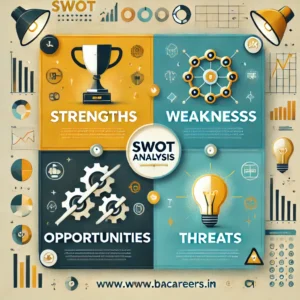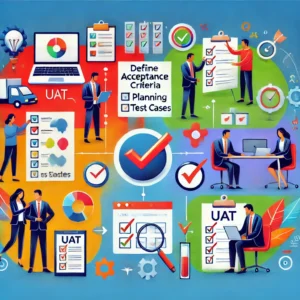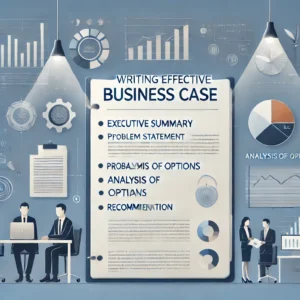SWOT Analysis Techniques: A Comprehensive Guide
SWOT analysis is a powerful strategic planning tool used to assess an organization’s internal and external environments. It helps in identifying Strengths, Weaknesses, Opportunities, and Threats. This article explores various techniques of SWOT analysis, its key elements, and how it can be applied in different scenarios such as business, education, and planning.

What is SWOT Analysis?
SWOT analysis is a technique used to evaluate an organization or individual’s current situation. It helps in identifying both internal and external factors that can impact future decisions.
What are the Techniques of SWOT Analysis?
- Brainstorming: Gather a team to openly discuss and list all strengths, weaknesses, opportunities, and threats.
- Surveys and Interviews: Collect data from stakeholders to understand different perspectives.
- Competitive Benchmarking: Compare your performance with competitors to identify areas of improvement.
- Data Analysis: Use existing reports, market trends, and performance metrics.
- SWOT Matrix: Visualize findings in a structured table to draw connections between elements.
What are the 5 Elements of SWOT Analysis?
While SWOT traditionally focuses on four components, some methods add a fifth element: Actions or Solutions:
- Strengths: Internal advantages.
- Weaknesses: Internal areas needing improvement.
- Opportunities: External chances to grow.
- Threats: External challenges or risks.
- Actions: Next steps based on the analysis.
Is SWOT Analysis a Tool or Technique?
SWOT analysis is considered both a tool and a technique. It’s a tool because it provides a structured framework for analysis. It’s also a technique because it involves specific methods like brainstorming and data gathering to apply effectively.
What are the Four Parts of SWOT Analysis?
- Strengths: Positive attributes or resources within the organization.
- Weaknesses: Limitations or areas that need improvement.
- Opportunities: Potential areas for growth or external advantages.
- Threats: External factors that could cause harm or challenges.
SWOT Analysis Techniques for Business
In business, SWOT analysis helps in strategic planning, market analysis, and competitive assessments. Techniques include:
- Internal Audit: Assess core competencies and resource capabilities.
- External Environment Scanning: Analyze market trends, competitors, and regulatory changes.
- Scenario Planning: Predict future conditions based on current SWOT findings.
SWOT Analysis Techniques Examples
- Tech Company:
- Strength: Innovative products.
- Weakness: High production costs.
- Opportunity: Growing demand for smart devices.
- Threat: New competitors entering the market.
- University Project:
- Strength: Qualified faculty.
- Weakness: Limited infrastructure.
- Opportunity: Collaborations with industries.
- Threat: Decreasing enrollment rates.
Threats in SWOT Analysis
Threats are external factors that could negatively impact your organization. Examples include:
- Economic downturns
- New competitors
- Regulatory changes
- Technological advancements by competitors
Strengths in SWOT Analysis
Strengths are internal factors that give an organization a competitive edge. Examples include:
- Strong brand reputation
- Skilled workforce
- Efficient processes
- Financial stability
SWOT Analysis Techniques for Students
Students can use SWOT analysis to improve their academic and career planning. Steps include:
- Identify personal strengths: Academic skills, extracurricular achievements.
- Recognize weaknesses: Time management, difficult subjects.
- Spot opportunities: Internships, scholarships.
- Analyze threats: Competition, financial challenges.
SWOT Analysis Techniques in a Business Plan
Integrating SWOT into a business plan helps align strategies with real-world conditions. Techniques include:
- Market Analysis: Identify opportunities and threats.
- Resource Assessment: Ensure strengths are leveraged and weaknesses addressed.
- Action Planning: Develop strategies based on the SWOT matrix.
Conclusion
SWOT analysis is a versatile tool and technique for strategic decision-making in business, education, and personal development. By understanding and applying its core elements—Strengths, Weaknesses, Opportunities, and Threats—individuals and organizations can create more informed and effective strategies. Whether you’re a business leader, student, or entrepreneur, mastering SWOT analysis techniques is essential for growth and success.
Related Articles :
Business Analyst Tools Comparison: Finding the Best Fit for Your Needs

Business Analyst , Functional Consultant, Provide Training on Business Analysis and SDLC Methodologies.














